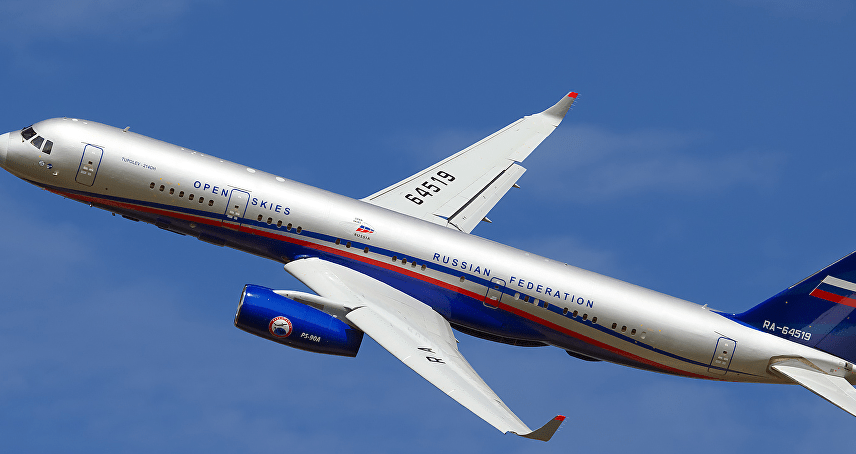The air defense sirens sounded and NATO military planes entered the airspace of the Russian capital Moscow to perform reconnaissance missions. However, the top Russian military ordered the shooting down. Such a “strange” scene took place on November 11 local time. Many people may wonder, are NATO and Russia not rivals of the same level? Why did NATO military planes enter the “heart” of Russia and the Russian air defense forces did not respond? In fact, the two sides are carrying out the annual “Open Sky” event. According to the Russian Satellite News Agency, starting from November 9, Russia and NATO will have a five-day “open sky” interaction.

The so-called “open skies” activities are based on the “Open Skies Treaty” signed in 1992, and are non-offensive military exchange activities. According to this treaty, military aircraft in the contracting states can enter the airspace of other countries without carrying weapons and equipment to perform reconnaissance missions. However, before the action, the start time, flight route and equipment used must be reported to the relevant country. After obtaining consent, the military aircraft can enter the airspace of the opponent. The treaty currently has 34 contracting states and entered into force in 2002. It is an important agreement for Russia and NATO to achieve military mutual trust.

According to the Russian Sputnik News Agency, the delegation of the French Air Force representing NATO to participate in the “Open Skies” event will fly the Romanian observation aircraft An-30 to take off from the Kubinka Airport in Russia and follow the established flight route in Russia. A reconnaissance operation was launched in the airspace. According to reports, the An-30 aircraft is a type of aircraft that does not use any weapons. The aircraft and the equipment installed on it have also passed the appraisal of Russian experts and fully comply with the rules for the use of military aircraft in the Open Sky Treaty. After the NATO military plane ends its operations, Russia will also choose a NATO country to carry out similar activities.
Since the “Open Skies Treaty” came into effect in 2002, this event has become one of the few military exchanges between NATO and Russia. It is of great significance for improving military transparency between the two sides and avoiding an arms race. In October of this year, Russian Deputy Foreign Minister Sergei Ryabkov said in an interview with Russian media that due to the continued impact of the new crown epidemic, this year’s “Open Skies” activities have been greatly affected, and he hopes to “open the skies”. “The activities can be carried out normally next year. In addition, Ryabkov also called on more countries to join the Open Skies Treaty.
However, as the backbone and leader of NATO, the United States does not cooperate with Russia’s actions. In May of this year, US President Trump announced that the United States is considering withdrawing from the “Open Skies Treaty” on the grounds that Russia has repeatedly violated the “Open Skies Treaty”, especially accusing Moscow of using the treaty as a tool of “military coercion.” Trump’s remarks were subsequently protested by Russia. However, considering the unity and stability within NATO, Trump has yet to officially withdraw from the treaty. Now that Trump has failed his re-election campaign, the United States is very likely to remain in the Open Sky Treaty.
As a product born at the end of the Cold War, the “Open Skies Treaty” has the limitations of many times, especially the various rules and regulations in it, causing the two sides to be unable to understand the transparency of the other’s military, so its symbolic significance is greater than its practical significance.



